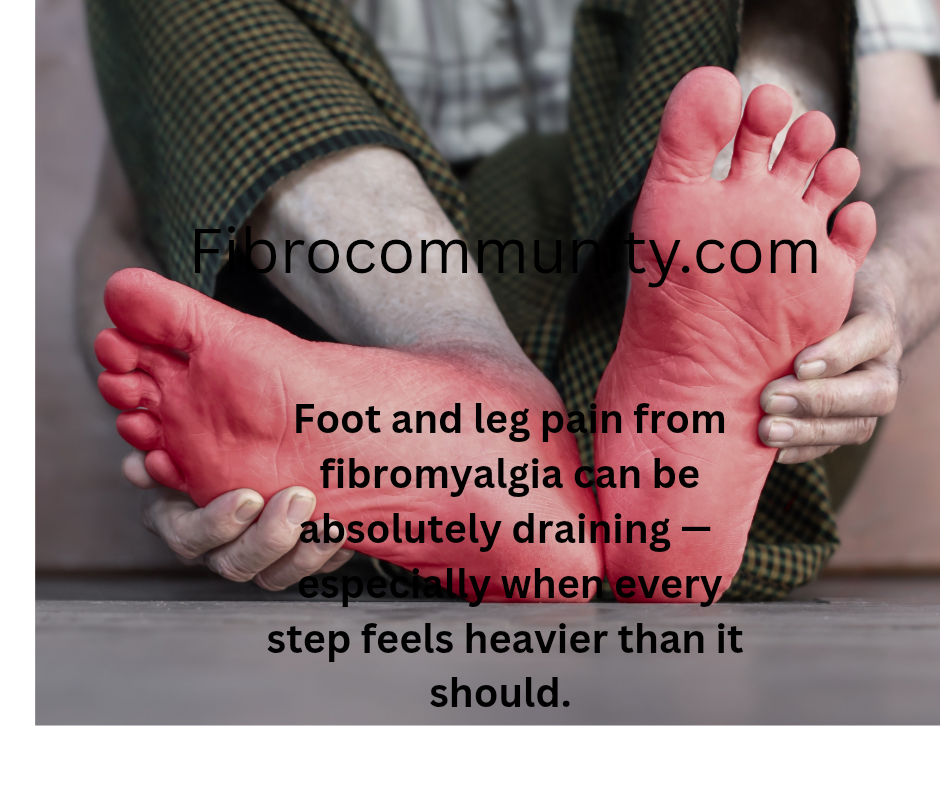10 Symptoms of Fibromyalgia in Men and Women

As a Minnesota upper cervical chiropractor, I help patients get lasting relief from fibromyalgia. Fibromyalgia is a disorder that causes chronic pain throughout the body and oversensitivity to pressure.
A study showed that nerve damage might have something to do with fibromyalgia. As a result of the nerve damage, the brain records intense pain even when there is little or no pain at all.
According to the National Fibromyalgia Association, about 75-90% of fibromyalgia patients are women. Although more women have it, men suffer from chronic fatigue too.
Here’s a list of the common symptoms that both men and women with fibromyalgia experience:
Table of Contents
- 1. Pain
- 2. Stiff joints and muscles
- 3. Extreme fatigue
- 4. Sensitivity to touch
- Hyperesthesia
- Hyperalgesia
- 5. Sensitivity to the surroundings
- 6. Cognitive problems
- 7. Muscle spasms
- 8. Chronic headaches
- 9. Depression
- 10. Bowel problems
- Helping Men and Women with Fibromyalgia
1. Pain
This is the hallmark symptom of chronic fatigue. Men and women may experience pain in varied ways. More often, the pain presents as a stabbing sensation all over the body. However, it can also be a chronic dull, achy pain. Fibromyalgia pain can center on one area or be present in multiple spots in the body. The pain commonly happens for no apparent reason. Some patients recognize specific triggers, including stress and weather changes.
2. Stiff joints and muscles
Fibromyalgia also causes stiffness in the joints and muscles. You can compare it to the feeling after an intense workout or activity. However, joint and muscle stiffness happens for seemingly no reason. This can affect the entire body or just one or more muscle or joint groups. Stiff joints and muscles can feel worse in the morning after waking up or after sitting down for an extended period. Lack of exercise or movement intensifies this symptom.
3. Extreme fatigue
Men and women with fibromyalgia often complain of chronic fatigue. They experience exhaustion even without doing any strenuous activities. The source is likely the energy-draining, chronic fatigue. Also, most of the patients experience interrupted sleep cycles, which results in low energy levels and a weak immune system.
4. Sensitivity to touch
This can either be hyperesthesia or hyperalgesia. This symptom causes men and women to feel a pain that is much worse than what people without chronic fatigue experience. This symptom can be partially disabling as it can hinder patients from performing their everyday routines.
- Hyperesthesia
This is oversensitivity to the sensory input of touch. For example, a fibromyalgia patient wearing a light jacket may feel like he is carrying a heavy weight on his upper body.
- Hyperalgesia
The sensation of increased sensitivity to pain. Something as minor as a bumped elbow can bring pain that goes on for hours or even days. To learn more about the connection between head and neck injuries and fibromyalgia, download our free e-book by clicking the image below.
5. Sensitivity to the surroundings
Fibromyalgia patients may notice their senses of sight, smell and sound to be oversensitive. For example, someone’s perfume or pesky cooking smells may cause you to experience nausea. Cleaning products with chemicals may also trigger a chronic fatigue flare-up. When it comes to sounds, soft rock music may come off as too loud for you, resulting in a headache. Lights may also seem terribly bright even in familiar surroundings, such as your living room.
6. Cognitive problems
Known as “fibro-fog,” one study describes this symptom as the decline in the cognitive function, mental alertness, and memory of patients with fibromyalgia. Fibro fog affects people’s short-term memory, resulting in trouble remembering newly learned skills and information. Patients may also have difficulty concentrating.
7. Muscle spasms
Both men and women with fibromyalgia may also experience extreme muscle spasms. They often occur voluntarily and in repetition to a single muscle group or multiple muscle groups. At times, they are totally random. Muscle spasms can also happen at night, disrupting a person’s sleep.
8. Chronic headaches
Fibromyalgia may also bring about chronic headaches that present as a throbbing pain or constant pressure in the head. The headaches may begin in the temples and extend into the neck, upper back, and shoulders. Many patients report that these headaches occur following exposure to triggering environmental factors, such as loud noises, certain strong odors, and bright lights. Chronic headaches in fibromyalgia can be a factor in the lack of sleep in patients. The headaches often last hours or days.
9. Depression
Depression is often a co-existing condition with fibromyalgia. Coping with chronic pain, fatigue, lack of sleep, and the inability to perform day-to-day activities can easily cause depression. However, there is also the chance that fibromyalgia alters the chemicals in the brain, leading to depression. Fibromyalgia patients may take anti-depressants to treat depression.
10. Bowel problems
The UNC Center for Functional GI & Motility Disorders reported that about 70% of people with fibromyalgia have symptoms of irritable bowel syndrome (IBS). Fibromyalgia patients may also suffer from constipation problems and diarrhea.




